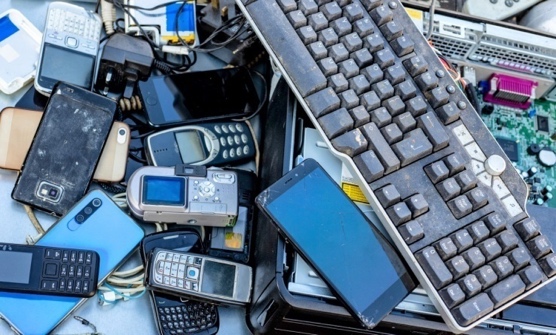Free Courses Sale ends Soon, Get It Now


Free Courses Sale ends Soon, Get It Now



Disclaimer: Copyright infringement not intended.
Context: A proposed framework by the Centre for regulating e-waste in India has upset a key link of India’s electronic waste collection system and threatens the livelihood of thousands.
Details:
Background:
E-Waste:
India specific:
Concerns:
Challenges Related to Management of E-Waste in India:
International Conventions and government initiatives:
NGT’s Directions:
E-Waste Management Rules, 2016:
|
Best Practices: · ‘Take-back’ and ‘Planet ke Rakwale’ campaign- Nokia: Nokia set up drop boxes across the country to take back used phones, chargers and accessories, irrespective of the brand, at Nokia Care Centres. Nokia launched “Planet Ke Rakhwale” take-back and recycling campaign which extended to 28 cities across India. · “Green Warriors” in Telangana have been a part of the recycling / refurbishing chain, and has contributed towards the successful implementation of measures to control e-pollution. Their efforts have also been recognized by the Telangana government in its Telangana e-waste management policy, 2017
|
Way Forward:
https://www.thehindu.com/news/national/new-e-waste-rules-threaten-jobs-collection-network/article65701830.ece
© 2024 iasgyan. All right reserved